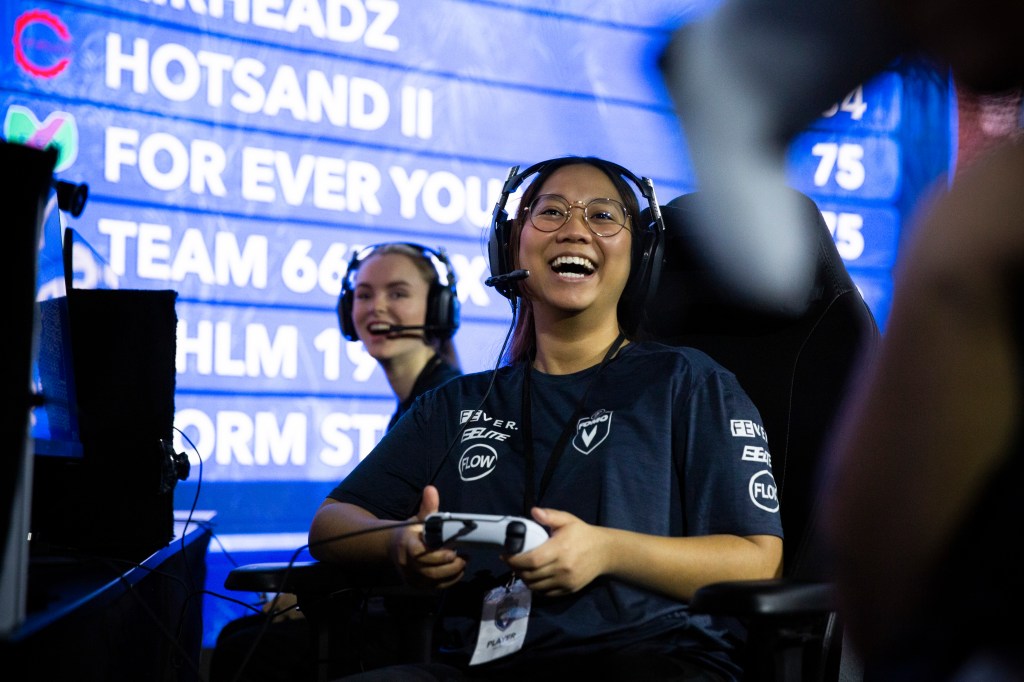Two-thirds of Australians play video games – that’s 17 million gamers. 2023 will bring new challenges and opportunities for the gaming industry.

Two-thirds of Australians play video games – that’s 17 million gamers. That figure, while enormous, shouldn’t surprise anymore. Nearly everyone is a “gamer” and it is not just a passion, it is something deeply powerful that goes beyond a pastime. With the unique characteristics of the sector combined with this vast but hard to reach audience, gaming has always been a fertile playground for brands; 2022 saw some truly industry-leading integrations from both endemic and non-endemic brands. Marketers have not only embraced gaming but unlocked previously unreleased consumer spending and awareness with great success.
The gaming audience comprises a huge proportion of Gen Z – and even Gen Alpha – who are leading a cultural shift resulting in new consumer behaviours. For brands to continue to make the most of all that gaming has to offer, they must embrace the things that matter most to this audience. What lies ahead in 2023 is exciting and promises to supercharge what has preceded it.
Consumers are ditching the curated for authenticity
Algorithm-driven echo chambers are out, authentic and unfiltered experiences are in. As we navigate a world of information overload, user-generated content is evolving and we’re now seeing demand for content that is candid, and representative of real, unfiltered life.
By shifting the social media experience toward one free of the unattainable and traditional standards set by social media, Generation Twitch, an audience we’ve identified as younger millennials, Gen Z and Gen Alpha, are rejecting overproduced perfectionism. Instead, they are choosing genuine human interaction and authentic experiences. This trend is particularly evident within the Twitch Just Chatting category, where conversation takes place between streamers and their community. Just Chatting has exploded in popularity over the last couple of years and that shows no sign of stopping.
Brands either have been or need to tap into this shift to speak to these audiences, utilising platforms such as TikTok and BeReal that channel authenticity from the way they speak to what they value. Consumers are more likely to build trust and interact with brands when brands thoroughly integrate themselves into their communities.
Dynamic, fluid and collaborative experiences are the name of the game
With Gen Z at the helm of cultural change, marketers will need to throw out their old playbooks and experiment with new formats from sponsored gaming streams, collaborations, or native content like commerce, extensions, and games.
The lines between IRL and digital experiences are becoming more blurred and we’re seeing younger millennials, Gen Z and Gen Alpha move fluidly between them. This impacts how they want to consume content – they don’t want to be passive consumers, they want to be part of the narrative whether it’s consuming or creating, or both. Brands will be paying close attention to this and tailoring their strategies to launch dynamic content with streamers such as Yves Saint Laurent Beauté who teamed up with Twitch streamers to promote its Black Opium Extreme fragrance, or Burberry and Ralph Lauren working with Minecraft and Fortnite respectively with fashion collaborations.
Community and shared experiences will reign supreme
The last couple of years saw the value of community come through as people flocked online and extended their digital selves. TikTok exponentially grew from 2020, reporting a 45% increase in monthly active users between July 2020 and July 2022. Twitch saw more than 86 times the viewership of 2011 in 2020, and every month in 2021 and beyond thus far has surpassed any months in 2020 or prior.
These communities are places where younger millennials, Gen Z and Gen Alpha spend quality time with friends, learn new skills and immerse in their interests and hobbies. Platforms such as Discord, TikTok and features like Twitch’s Guest Star which has now been made available globally, allow streamers and content creators and their audiences to connect in real time and strengthen the bonds of community.

What we can expect to see this year is livestreaming, gaming and these virtual spaces continuing to be a hub for community and shared experiences. What this means for marketers is we’ll see more community-first tactics in delivering authentic and engaging content while tapping into what makes streamers and their communities tick.
The attention economy will be a priority
There have been huge changes to the digital landscape over the last few years with consumer attention becoming a currency for brands and marketers to effectively reach and convert customers. With consumers becoming digitally fatigued and doing digital “detoxes”, marketers and brands are being challenged to think about new and engaging ways to capture and retain their attention, particularly Gen Z; this group is projected to earn $33 trillion or 27% of the world’s income by 2030, which makes them an increasingly influential consumer demographic brands cannot ignore.
In order to tap into this audience, more and more advertisers and marketers are starting to understand that not all impressions have equal value and viewability doesn’t always equal attention. This year, we can expect to see more brands and advertisers include attention metrics within their media buying decisions to help them optimise their investments.
By partnering with services that showcase authentic value, advertisers can offer brands a unique way to reach Generation Twitch that is comparable to attention levels associated with TV. With younger generations not consuming traditional TV – in fact, 54% of Twitch’s APAC audience does not watch more than 1 hour of traditional TV and if they do, they are on a second device – leveraging services like Twitch will foster growth and experimentation beyond the traditional. Whether it’s hosting a livestream shopping program or rolling out the red (or in this case, purple) carpet to host a side-show with prominent streamers like the Sydney Black Adam premiere, marketers will value engagement and attention metrics from a tuned-in audience over reach.
As we look to the year ahead, 2023 will bring new challenges and opportunities for the gaming industry. We’re keen to see what brands, marketers and gamers alike do in the next 12 months as we enter another exciting year for gaming.
Paul Nesbitt is Director of International Insights and Measurement at Twitch